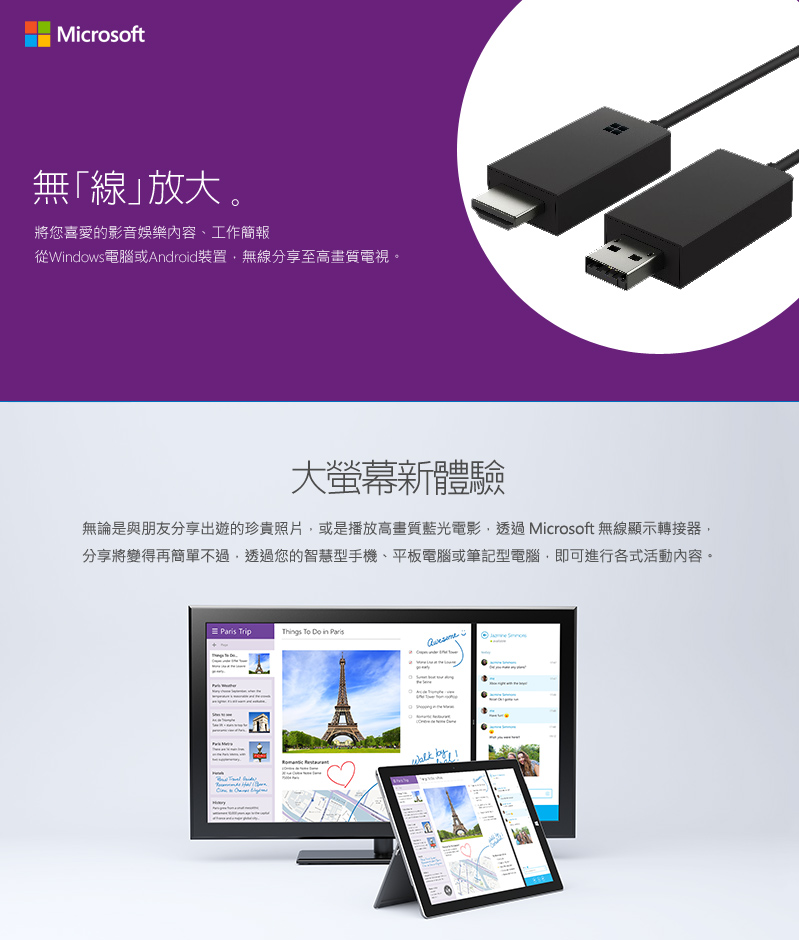

- Microsoft wireless display adapter v1 vs v2 how to#
- Microsoft wireless display adapter v1 vs v2 drivers#
- Microsoft wireless display adapter v1 vs v2 driver#
In response to an operating system call to the QueryMiracastDriverInterface function, the Miracast user-mode driver must supply pointers to these functions in the MIRACAST_DRIVER_INTERFACE structure, except for pfnDataRateNotify, which is has a pointer declared in RegisterForDataRateNotifications. This type of driver runs in a standalone DLL. The reference pages in this section describe wireless display (Miracast) functions that a Miracast user-mode driver must implement.
Microsoft wireless display adapter v1 vs v2 drivers#
Wireless display functions implemented by Miracast user-mode drivers Provides info about the next Miracast encode chunk that was reported to the Microsoft DirectX graphics kernel subsystem when the DXGK_INTERRUPT_TYPE interrupt type is DXGK_INTERRUPT_MIRACAST_CHUNK_PROCESSING_COMPLETE.Ĭalled by the user-mode display driver to send the kernel-mode display miniport driver a synchronous I/O control request.Ĭalled by the user-mode driver to register with the operating system to receive network quality of service (QoS) notifications and the current network bandwidth of the Miracast connection.Ĭalled by the user-mode display driver to report the status of the current Miracast connected session.Ĭalled by the user-mode display driver to report the statistics of the Miracast link to the operating system.

Pointers to the Miracast display callback functions are returned in a MIRACAST_CALLBACKS structure. Only Miracast user-mode drivers can call these functions. The reference pages in this section describe wireless display (Miracast) user-mode functions that the operating system implements. Wireless display callback functions called by Miracast user-mode drivers User-mode device driver interfaces (DDIs)
Microsoft wireless display adapter v1 vs v2 how to#
The following sections describe how to implement Miracast capability in your drivers.

This document describes how drivers can implement a custom Miracast stack in Windows 8.1.


 0 kommentar(er)
0 kommentar(er)
